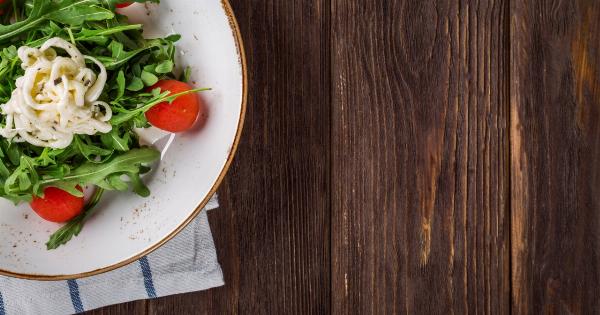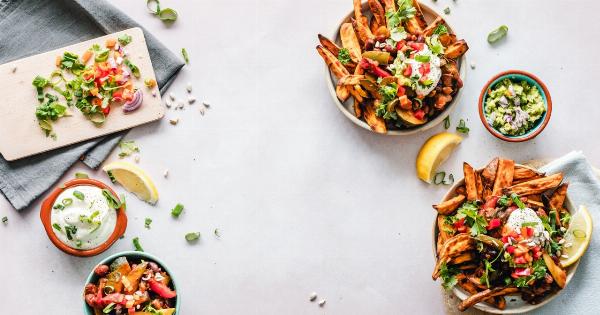Sodium is an important mineral that is necessary for the proper functioning of our body. However, consuming too much sodium can increase the risk of high blood pressure, heart disease, and stroke.
Most of the sodium we consume comes from processed foods and restaurant meals. In this article, we will discuss some simple ways to reduce sodium in your meals and improve your health.
1. Cook from Scratch
The easiest way to reduce sodium in your meals is to cook from scratch. When you cook your own meals, you have more control over the ingredients you use. Start by replacing processed foods with fresh fruits, vegetables, and lean proteins.
Use herbs and spices to enhance the flavor of your food instead of salt.
2. Read Food Labels
Reading food labels can help you make informed choices about the foods you consume. Look for foods that are low in sodium or have no added salt. Check the amount of sodium per serving and choose foods with less sodium.
3. Use Herbs and Spices
Herbs and spices are a great way to add flavor to your food without adding sodium. Experiment with different herbs and spices to find your favorites. Some good options include garlic, cumin, paprika, ginger, and rosemary.
4. Choose Fresh Foods
Choose fresh foods over packaged or canned foods. Fresh fruits and vegetables, lean meats, and whole grains are all naturally low in sodium. When buying canned goods, look for “no salt added” options.
5. Limit Processed Foods
Processed foods are often high in sodium. Limit your intake of processed foods such as packaged snacks, frozen meals, and canned foods. When you do buy processed foods, choose low-sodium options whenever possible.
6. Use Lemon Juice and Vinegar
Lemon juice and vinegar can add flavor to your food without adding sodium. Use them in salad dressings, marinades, and sauces.
7. Avoid Adding Salt
Avoid adding salt to your meals. This is especially important when cooking. Instead of adding salt, use herbs, spices, lemon, or vinegar to enhance the flavor of your food.
8. Reduce the Amount of Cheese
Cheese is often high in sodium. Reduce the amount of cheese you use in your meals or choose low-sodium cheese options.
9. Choose Fresh Herbs
Fresh herbs are a great way to add flavor to your food. Use them in salads, sandwiches, and as a garnish. Fresh herbs are also low in sodium.
10. Be Mindful of Condiments
Condiments such as ketchup, soy sauce, and salad dressings can be high in sodium. Choose low-sodium options whenever possible or make your own condiments using fresh ingredients.
Conclusion
Reducing sodium in your meals can help improve your health and reduce the risk of high blood pressure, heart disease, and stroke. Start by cooking from scratch, reading food labels, and limiting processed foods.
Use herbs, spices, lemon, and vinegar to add flavor to your food. Remember to be mindful of condiments and choose fresh foods whenever possible.































